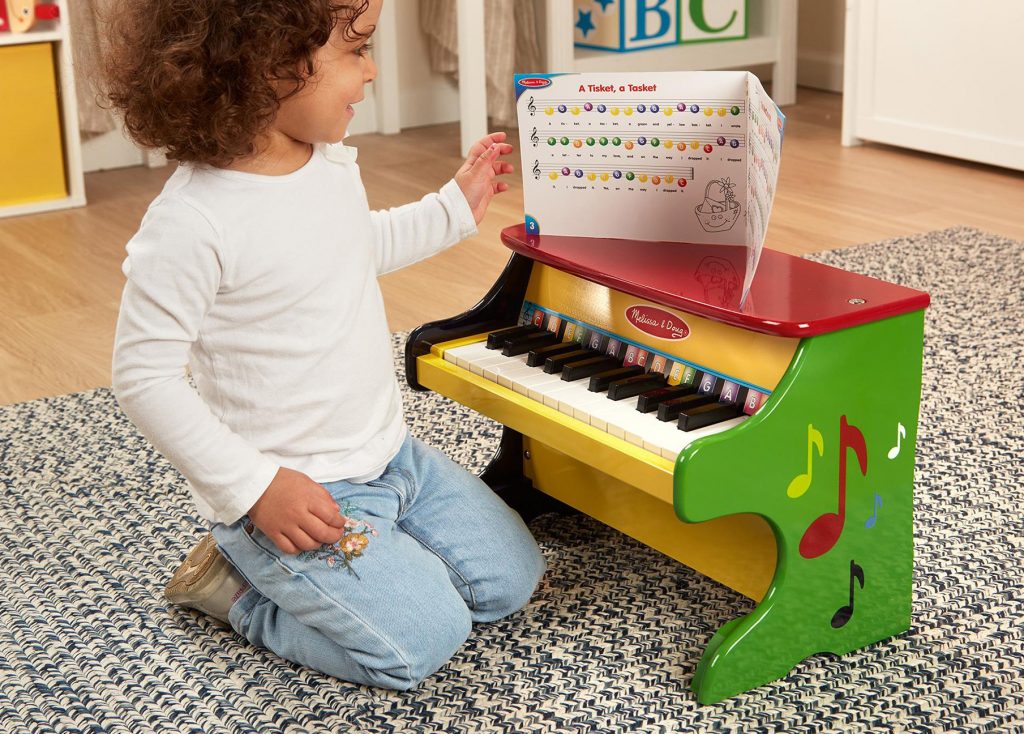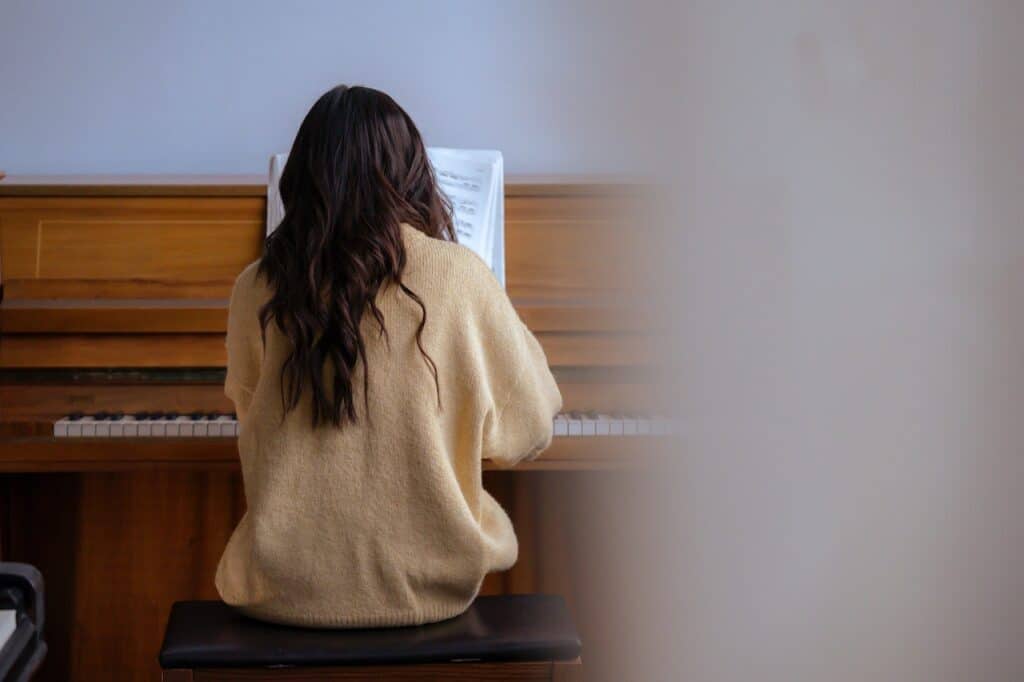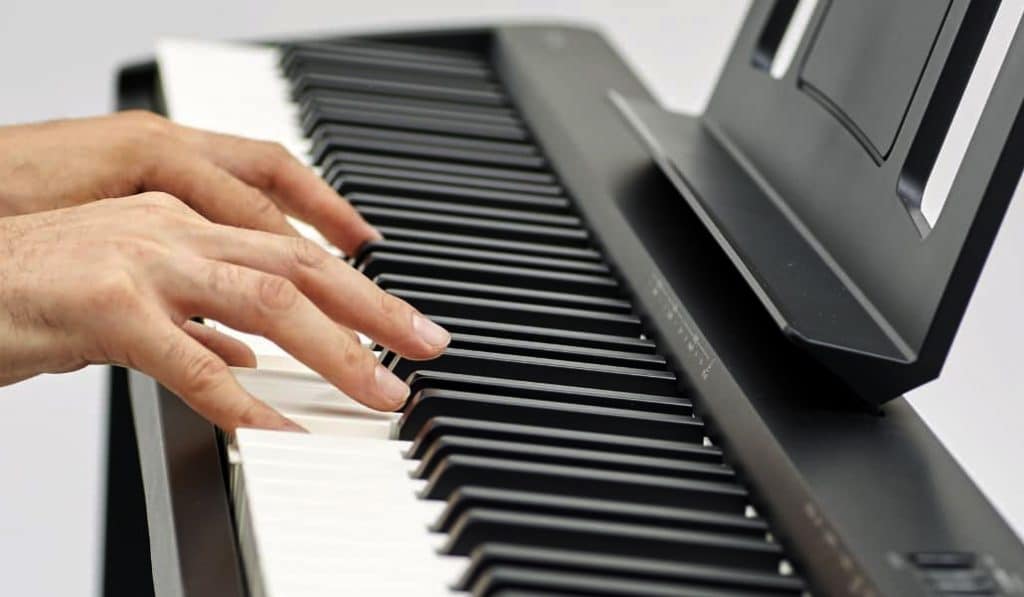Picking the best digital grand piano
There is no concrete formula for choosing the right digital grand piano, and your decision will be affected by many factors, which will all be defined by your own unique needs. Whether you are an experienced musician or a novice, it’s important to be realistic about what you expect and want from your instrument. There is a list of the features that you will benefit the most, so keep this in mind while selecting the best digital grand piano.
Number of polyphony notes
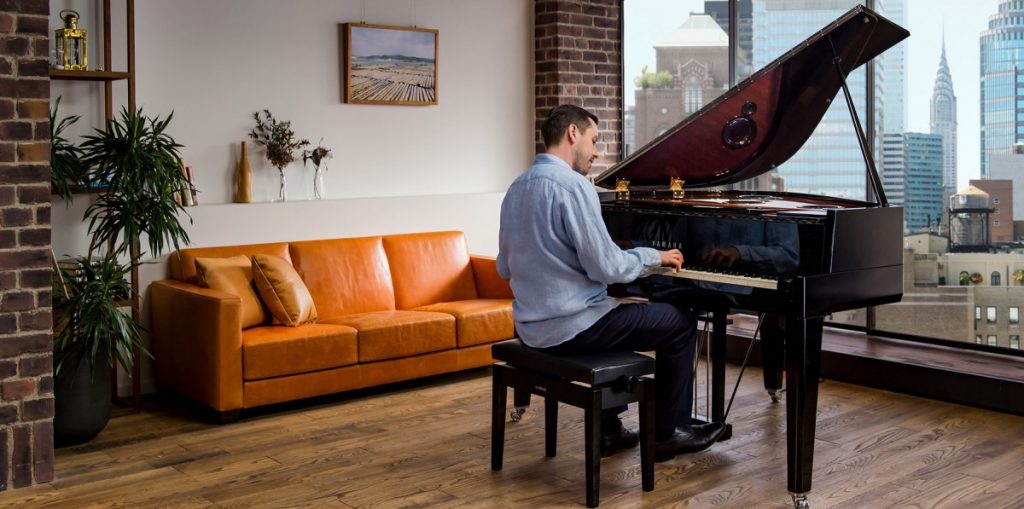 Polyphony is all about the quality of sound you can expect from your new digital grand piano. It relates to how many tones your new instrument will be able to produce simultaneously and therefore influences the depth and richness of each chord and note quite substantially.
Polyphony is all about the quality of sound you can expect from your new digital grand piano. It relates to how many tones your new instrument will be able to produce simultaneously and therefore influences the depth and richness of each chord and note quite substantially.
Acoustic versions of grand pianos can produce an unimaginable range of simultaneous tones, and a good digital piano will be able to mimic that.
It is also essential to remember that you need a higher polyphony number if you are using pedals, so every note you play would have a striking sound.
Keyboard
Digital pianos come with several main types of keys. In this review and guide, we’ll be mostly concerned with weighted, hammer action, and grand hammer standard-type keyboards. The principles behind a weighted keyboard are relatively simple.
Weighted keys are designed to feel more like a traditional piano keyboard, and your fingers get some resistance when you play, exactly like on an acoustic piano with its hammers and mechanical connections.
Some weighted piano keyboards take the concept a bit further and vary the weight of each key. This goes even closer to mimicking the feel of a traditional piano keyboard.
An unweighted keyboard won’t feel anything like playing an acoustic piano, but some models have a sensor which gauges how hard or soft you push the keys. While it’s not absolutely necessary to have weighted keys, it’s advisable because it enables you to move between playing digital and acoustic pianos pretty effortlessly.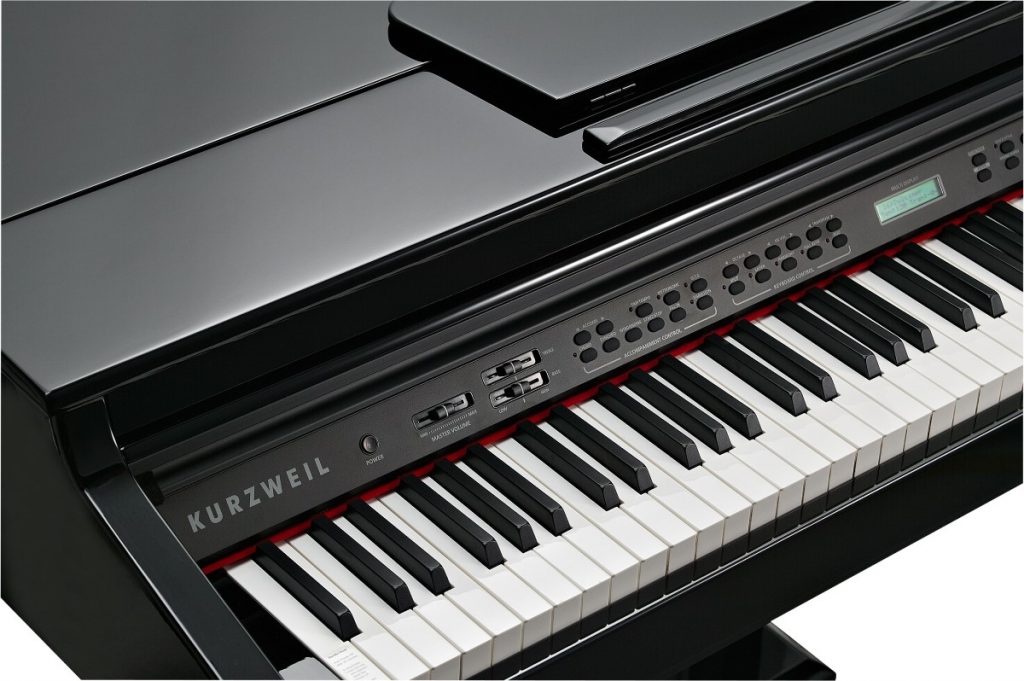
Hammer action keyboards strive to make the playing experience even more traditional, going so far as to reproduce some of the mechanical aspects of an acoustic piano. This gives a very good replication of the feel of an acoustic version.
Grand Hammer Standard is as close as digital pianos get to the traditional piano and it’s usually the most expensive of all of the keyboard setups. Grand Hammer Standard keyboards use springs that are finely engineered to replicate the feel of an acoustic keyboard.
Display
Displays come in all types and sizes, but the most amazing ones all have one thing in common – they provide an excellent interface between instrument and musician.
If you’re a beginner or novice, make sure to look out for teaching aids built into the interface and display. Most times, a simple screen that conveys information clearly is the best display.
With most LCD screens, you will be able to monitor notes and play the MIDI files, record tracks, adjust the settings and even change the sound of your grand piano and add effects.
Design
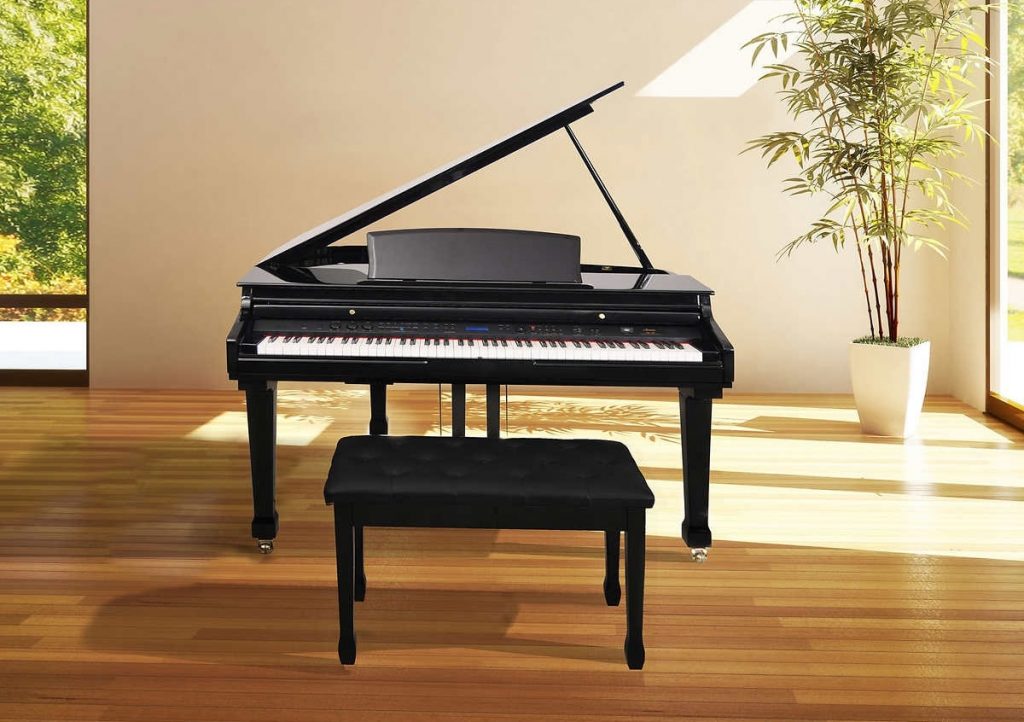 Digital grand pianos are contemporary versions of their traditional ancestors, and you will find that the best manufacturers borrow all that is outstanding and beautiful from older versions, bringing them bang up to date with the modern-day.
Digital grand pianos are contemporary versions of their traditional ancestors, and you will find that the best manufacturers borrow all that is outstanding and beautiful from older versions, bringing them bang up to date with the modern-day.
Digital pianos reflect the grandeur of acoustic versions and have all of the benefits of digital technology to make them more relevant and of better value. You will need to be careful to choose the place for your digital grand piano because they tend to be bigger compared to electronic keyboards, but at the same time far smaller compared to their acoustic brothers.
Weight
Weight is a great advantage when you want to get the richness of the sound and tone of an acoustic grand piano, but you opt to go digital. Acoustic grand pianos weigh a formidable amount, and they are incredibly difficult to both move and accommodate.
Not only that but each time you move an acoustic piano, you’ll need to retune it. Digital pianos weigh considerably less than their acoustic counterparts, and you will never have to tune one. The best baby digital grand piano can give you all the sounds of an acoustic instrument, without the stress when it comes to moving it.
Sound effects
It’s a good idea to keep an eye out for how many and which types of musical effects are included with the different digital pianos that you are considering. It’s not only about fun, but they also significantly increase the tonal range of a digital instrument while expanding the opportunity to improvise with the instrument.
There is a broad range of digital grand pianos out there and all come with different amounts of effects.
The chances are that if you are a professional musician or a serious hobbyist, you will want to employ a decent selection of effects when you are playing or composing. The more built-in effects you have, the fewer leads and pedals will need to buy or worry about.
If you are just starting out learning the piano, you’ll likely want more effects later on down the line. Overall, the effects make your piano more usable and enjoyable, and longer-term, they’ll keep the piano relevant to your ability and needs.
Recording feature
Recording capabilities vary widely on different digital pianos, and you’ll need to check what options your selected instrument offers. Connectivity will be a factor in your decision depending on how you intend to play back recordings, so look out for specifications such as ports (MIDI and USB types), as well as wireless connectivity and types.
Number of instrument voices
 Instrument voices are just a great way to keep your piano playing or learning experience interesting and fun. Digital pianos have some massive advantages over their traditional acoustic counterparts, and instrument voices might be one of the biggest.
Instrument voices are just a great way to keep your piano playing or learning experience interesting and fun. Digital pianos have some massive advantages over their traditional acoustic counterparts, and instrument voices might be one of the biggest.
This feature allows your digital grand piano to mimic the sound and tones of specific grand piano types. Some digital versions like the Kurzweil KAG100 will even allow you to replicate the sound of organs. What you get with instrument voices is essentially several instruments in one compact, digital piano. To achieve the best sound with your digital grand piano, you might want to check the voices that your instrument has.
Portability
Portability is a critical buying factor if you are a musician who intends to take your piano out for performing or gigging. Weight and size are also a massive consideration for students who will wish to move the piano around to practice, and it can matter a lot when you don’t have much space at home to permanently site your piano, or you need it to be compact enough to fit up against a wall.
Both of the Yamaha pianos in our review section offer the best qualities when it comes to portability. The Yamaha DGX670B and the Yamaha DGX-660 don’t look to replicate the looks of an acoustic grand piano – just the tone and sound. You’ll notice they weigh in at under a third of the amount of the larger options on our list. As with all factors, prioritize portability if it matters more to you than other considerations.
more to you than other considerations.
Accessories kit
Different digital grand pianos come with a variety of included extras, and this can be an excellent place to start looking – especially if you are on a particularly tight budget. You will need a whole range of accessories when you start using your new piano.
If you want to go out and buy them all, you will need to have some extra budget to do so. Many pianos come in a package, which includes much or all of the stuff you will need to get started, just like the Artesia Digital Grand Piano AG-40. Look out for pianos that include things like benches, stands, polishing cloths, learning books and materials, and pedals.
Prices
As with everything out there, prices for digital grand pianos vary, and it’s essential to set a budget before you begin to look around. There is a number of manufacturers of these pianos on the market, so setting the price range will help you significantly.
Our budget piano on this list is the very reasonable Yamaha DGX670B, coming in at only $500 – however, you may not get some features when the price falls, and it’s important to be realistic about what to expect.
On the other hand, the best sounding piano, Williams Symphony Grand Digital Piano, costs around $2100. Nevertheless, it will definitely satisfy you with the premium quality and richness of tones.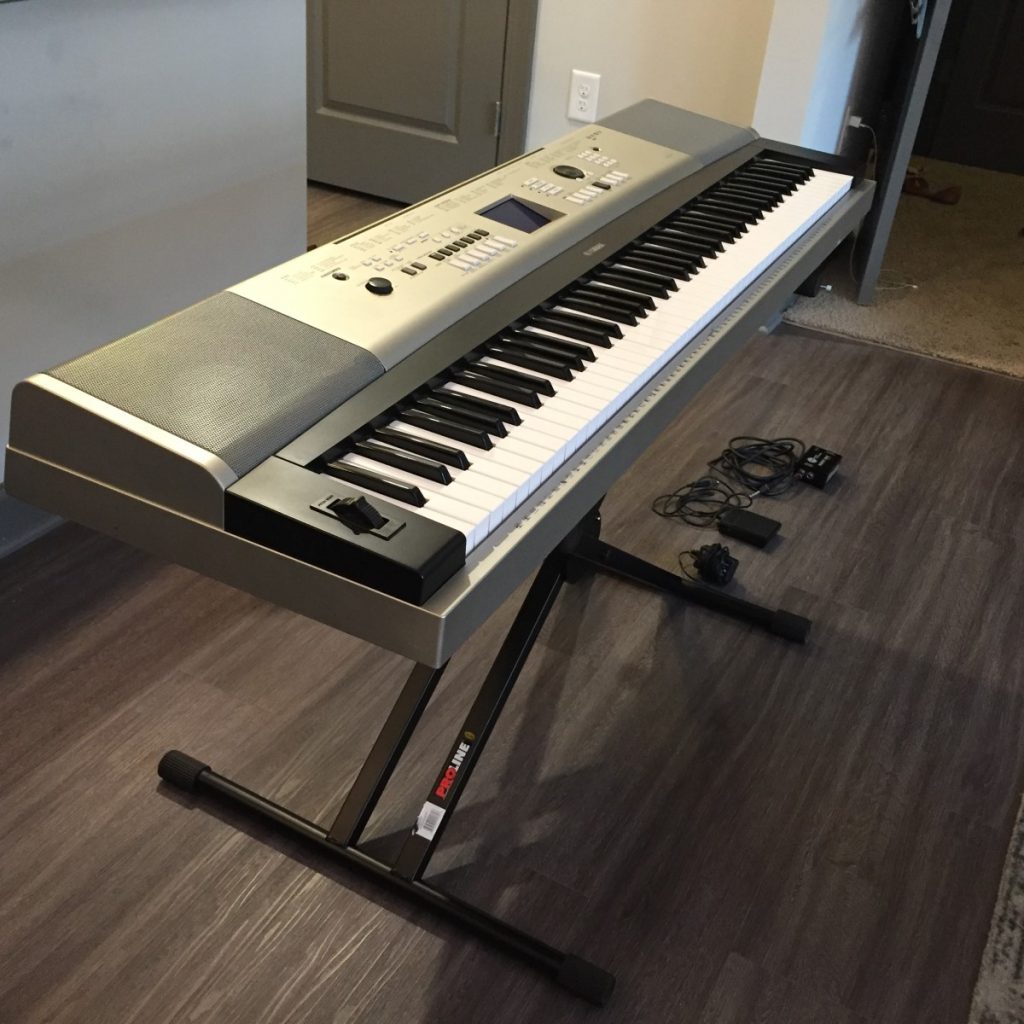






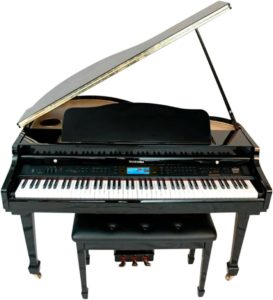
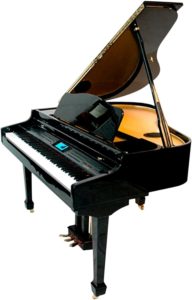
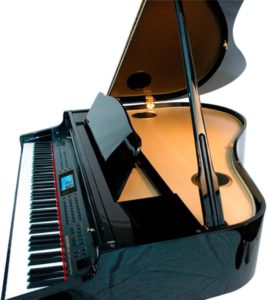
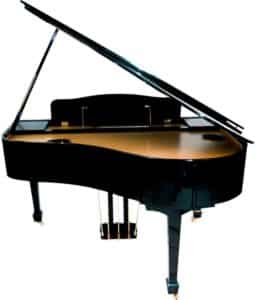
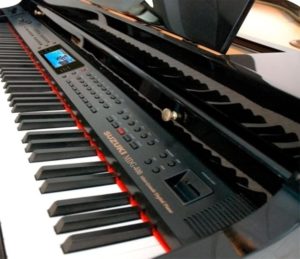
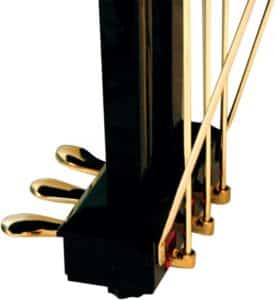
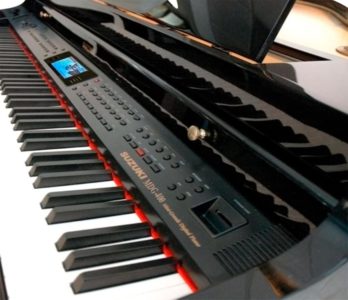

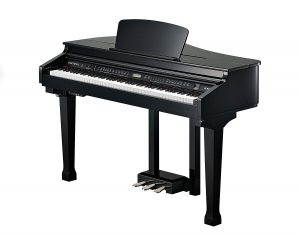
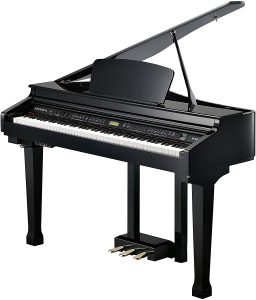
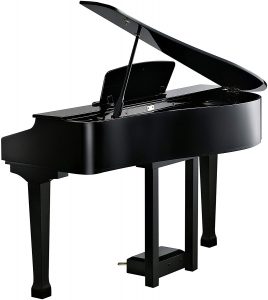
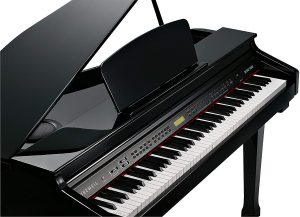

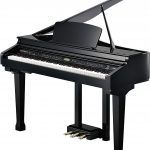

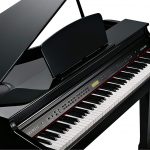


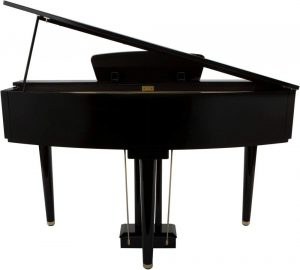
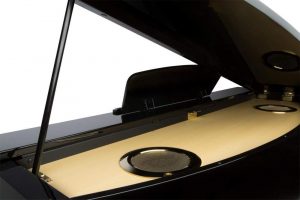

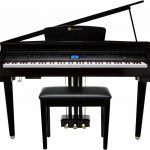
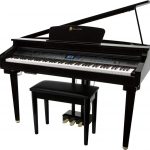
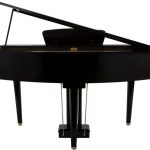
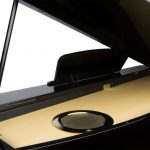
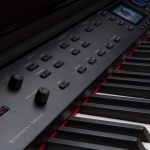
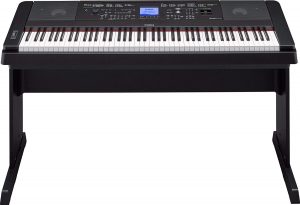
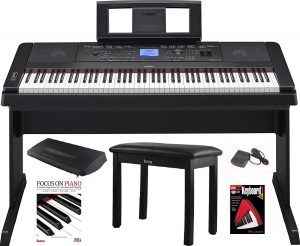
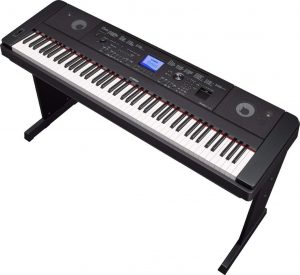

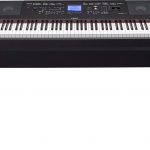
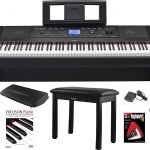
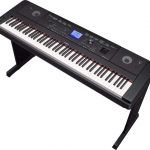
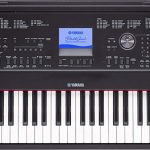
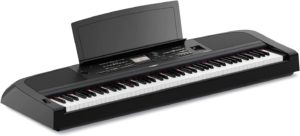
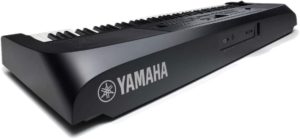
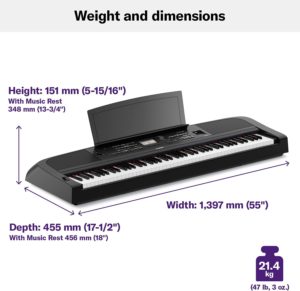
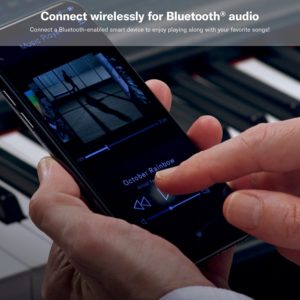
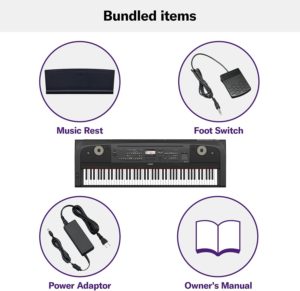
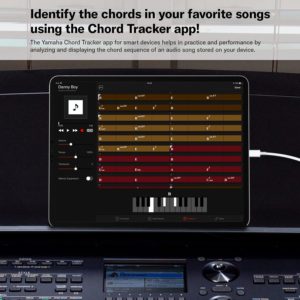


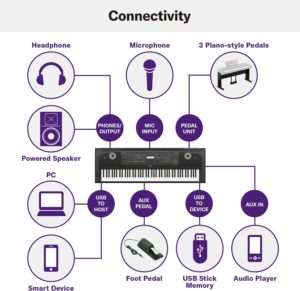
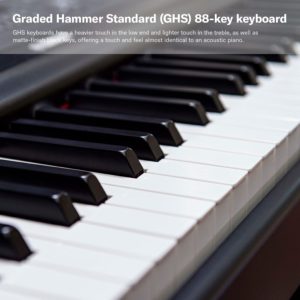


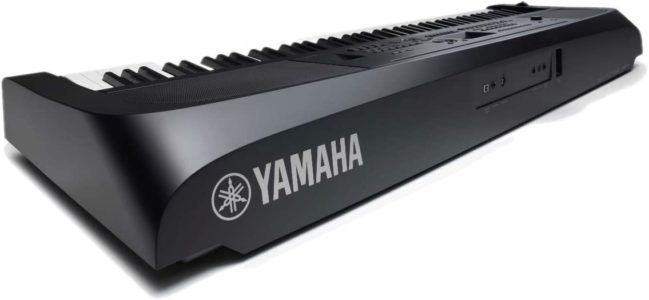
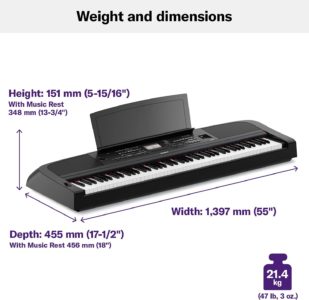
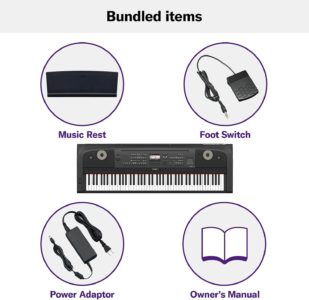



 Polyphony is all about the quality of sound you can expect from your new digital grand piano. It relates to how many tones your new instrument will be able to produce simultaneously and therefore influences the depth and richness of each chord and note quite substantially.
Polyphony is all about the quality of sound you can expect from your new digital grand piano. It relates to how many tones your new instrument will be able to produce simultaneously and therefore influences the depth and richness of each chord and note quite substantially.
 Digital grand pianos are contemporary versions of their traditional ancestors, and you will find that the best manufacturers borrow all that is outstanding and beautiful from older versions, bringing them bang up to date with the modern-day.
Digital grand pianos are contemporary versions of their traditional ancestors, and you will find that the best manufacturers borrow all that is outstanding and beautiful from older versions, bringing them bang up to date with the modern-day. Instrument voices are just a great way to keep your piano playing or learning experience interesting and fun. Digital pianos have some massive advantages over their traditional acoustic counterparts, and instrument voices might be one of the biggest.
Instrument voices are just a great way to keep your piano playing or learning experience interesting and fun. Digital pianos have some massive advantages over their traditional acoustic counterparts, and instrument voices might be one of the biggest. more to you than other considerations.
more to you than other considerations.





